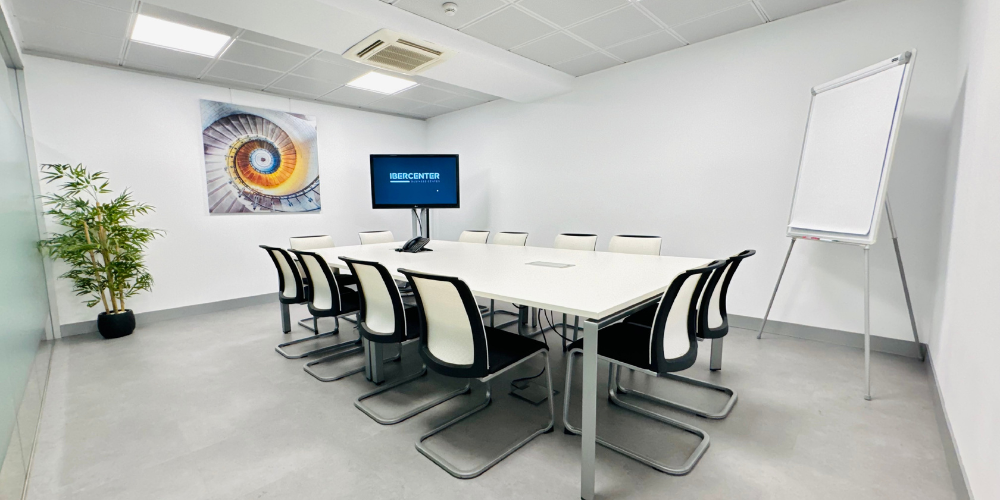Business meetings are an effective tool for coordinating teams, initiating projects or analysing company results. The problem lies in how to organise effective business meetings. Overuse of meetings can be a waste of time and productivity.
In fact, a survey conducted by the company Clarizen in 2015 showed that Americans spend an average of 9 hours a week (4.5 hours on preparation and 4.6 hours on the meeting itself), which affects their productivity.
With the advent of the Coronavirus and the development of teleworking, the usual problems of meetings have been joined by new ones such as:
- Lack of training in videoconferencing tools.
- Internet connection problems
- Organisation of meetings at conflicting times, such as the time when the children come home from school.
How to organise effective business meetings
When preparing for different types of meetings (internal, formal or with clients), we share some tips that will help you to know how to organise effective business meetings:
1. Clear and defined objectives
Before organising any type of meeting, you should define “without any doubt” the objectives that the company is looking for: meeting with clients, presenting a new product, informing shareholders, solving a specific problem…
We can use online tools such as Team Meeting Checklist to review all the necessary elements of a meeting, as well as the list of participants. This brings us to the next point.
2. Informing everyone well in advance
At the very least, employees should know 24 hours in advance that a meeting is going to take place. This will enable them to prepare efficiently. A simple and widespread tool can be Google Calendar or Doodle, if there are alternatives in day and time for the meeting.
3. Choose the time and equipment you need
Avoid meetings early and late in the day. For those who telework, the time when the children come home from school is also a time of conflict.
On the other hand, include only the essential people in a meeting. Their time is the company’s most valuable resource. To decide this, you can help yourself with the 8-18-1800 rule, according to a Harvard Business Review publication:
- No more than 8 people to solve a problem and make a decision.
- For brainstorming, the ideal is 18.
- For launching a new product or announcing a major new product, 1800.
4. Choose the best place for the meeting
The space chosen can be a key point in the overall atmosphere of the meeting. Therefore, nothing should be left to chance on this point: the furniture, the comfort of the room, whether it will include catering or the necessary audiovisual material.
Likewise, the type of meeting will determine the room: an imperial setting for board meetings, a school for company training sessions or large rooms for corporate or networking events.
Take a look at our meeting, training and event rooms and other services.
5. First come, first served
There are no excuses. If you are the one who called the meeting, arrive early enough to go over the most important points and welcome all participants. In a virtual meeting, connect at least 15 minutes beforehand to check that everything is running smoothly.
6. Conduct the meeting
Right from the start, clarify what the important points are, introduce the attendees and establish the turns. If the main topic is comprehensive, outline it to get a clearer idea of the subject. Finish with the secondary topics. And always avoid ending the meeting without clear conclusions.
7. Breaks if necessary
Generally, take 10 minutes breaks every 50 minutes of the meeting. If there are few of you and the meeting is going to be long, you can agree on the break time with the attendees.
8. Share all documents and conclusions
The last step is to share the tasks, documents or conclusions of the meeting with the participants. There are several online tools for this, although the most used are Google Drive, One Drive or iWork.
Flexible Offices in Madrid | Meeting Room Rental in Madrid




